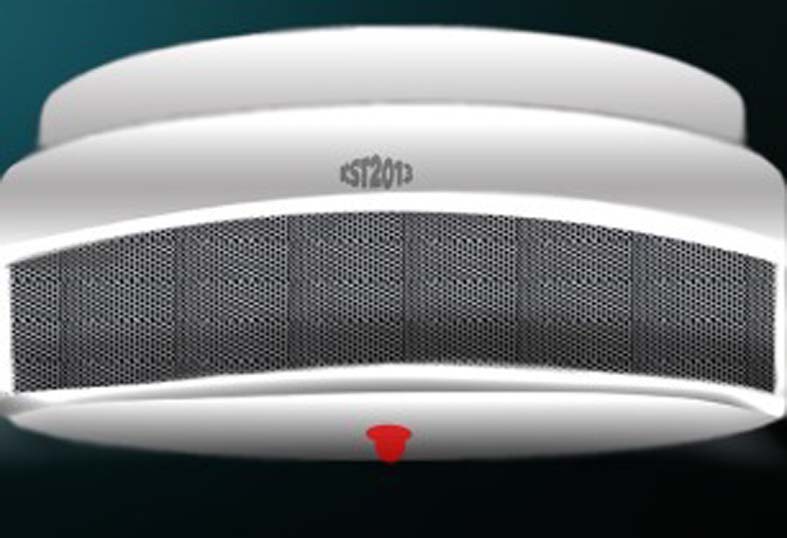Building Research Establishment (BRE) and the University of Duisburg in Germany have introduced a multi-sensor fire detection and alarm, aiming to achieve a more effective solution and reduce false alarms as compared to traditional smoke alarms
The research, part-funded by the FIA (Fire Industry Association), used a range of different detectors to find out the most effective detectors in terms of sensitivity and reducing false alarms.
Martin Duggan, general manager of FIA, commented, “Research is important to FIA as it underpins all the professional standards that we strive for and ultimately has an impact on the way standards are created, written and the way that fire protection is implemented nationally.”
“This new project into the effectiveness of multi-sensors may help manufacturers develop new products and installation companies may benefit from a raised awareness of false alarm rejection from a range of different detectors,” Duggan added.
Based on the designs, the detectors were categorised into three performance categories including standard, intermediate and advanced performance. These were also tested against 10 different fire tests and false alarm tests to replicate a range of real-life circumstances.
The advanced multi-sensor detectors aim to act much better at rejecting false alarm situations such as the classic false alarm caused by burnt toast, said FIA.






